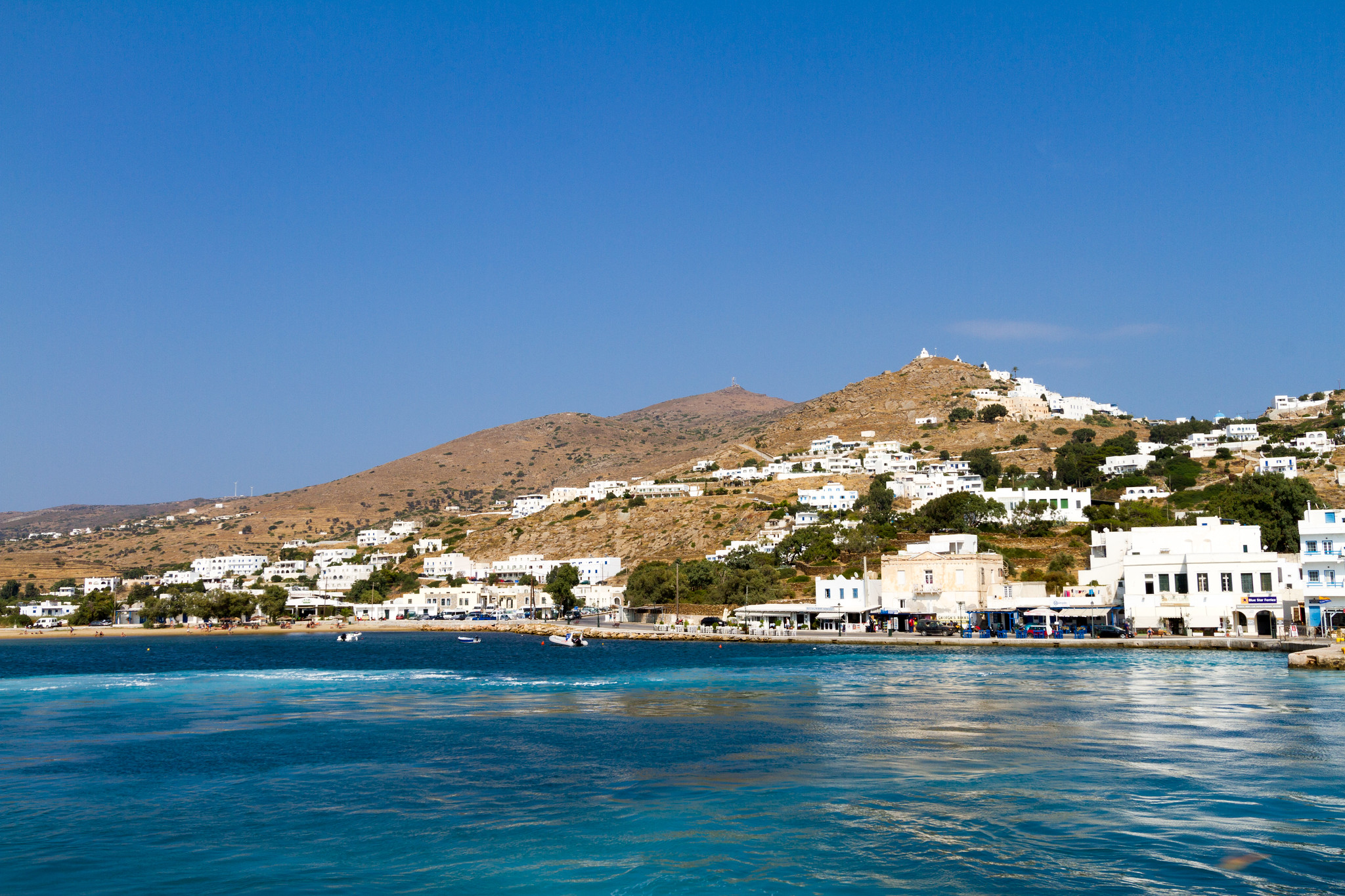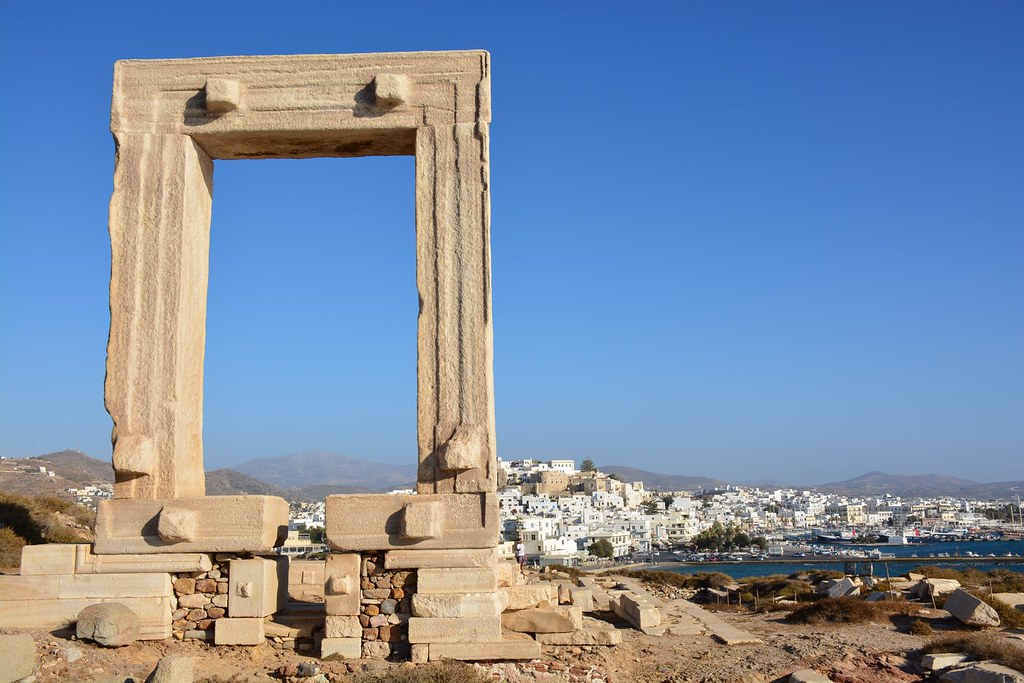There are around thirty towers still surviving in Naxos, the majority of which were developed by the Venetians after 1600 in order to strengthen the island against pirate raids but also to enforce their guideline onto the locals. There are likewise monastery-towers constructed by the residents in order to defend their rights versus the Venetians. Both kinds of tower have a protective character. There are likewise some towers that were utilized by the Venetians as country residences, which do not have a protective character.
Each tower is surrounded by a wall that confines the yard and the auxiliary buildings. Large storage areas were likewise needed in order to store the fruits of Naxos' abundant, fertile earth and likewise for usage as stables.
There was often a wine-press in the auxiliary structures. As these towers were meant to house the Frankish conquerors one might anticipate that they would be integrated in a western design. The truth, however, that they were built by local artisans led to a mixture of Cycladic and western architecture, and this is particularly evident in the layout.

Common functions of the Naxiot house - the large reception space and living room on the upper flooring, the storage locations and the auxiliary spaces on the lower flooring - are all maintained in the towers, the distinction being that they are topped more floorings. The lower flooring, the 'katoi' is used up totally by the auxiliary rooms, which are big in size, and storage-rooms for foodstuffs. The harvests were kept in these, especially throughout periods of dry spell and the long sieges. Interaction in between the katoi and the upper flooring was by means of a hatch-door and a wooden or stone staircase from the outside whilst inside the tower there was a stone staircase which caused the veranda of the very first flooring, where the primary entryway to the tower was.
It is also interesting to note that in some towers the stairs did not go all the way up to the entryway however stopped a reasonable range below. Access was then continued via a wood platform or bridge which was raised whenever raiders threatened the security of the structure.
Western influence is generally obvious in the layout, which now followed the pre-determined strategy of a confined rectangular shape with symmetrical lines of axis. The style of the entrance to the tower is now specifically formal and the western component is specifically highlighted in functions such as the ramparts from which boiling oil was put. The geometric schema is made especially pronounced by the absence of irregular extensions and the fagades were not whitewashed, something that would have offered a sense of lightness and joy. In general, all the towers have either the colour of the stone or the earth and bond harmonically with the natural environment. An experienced eye can trace a sense of proportion along the width and the height. The only decorative elements are the doors and windows.

From the large Mycenean city at Grotty and the extensive graveyards at Aplomata and Kamini we have finds of gold, seal rings and, chiefly, vessels with inscribed design from the end of the Mycenean period (Late Mycenean 111 C).
Of the gold discovers, it appears that the rosettes were used to decorate clothes or shrouds, whilst lions were likewise for decor, probably of wooden pyxides. Among the vessels, and. extremely particular of the period, are the 'false-mouthed' amphorae and the water pitchers with sculpted snakes and a lateral 'spoon-shaped, perforated'" spout'. The snakes are indicative of earth-cult offerings (libations put to the dead). Some of the vessels have basic decoration with undulating or straight bands hooks and spirals. However, a large group of vessels has actually design based upon the theme of the octopus, in lots of diverse kinds, on the majority of the body and a part of the shoulder. This is called the polypodic or dense polypodic style of pottery decor.

The spaces between the arms are decorated with a range of topics: free, abstract style, line decoration and plants and animals. In one case there is even a human kind and legendary beings, possibly the earliest kind of the Greek Pegasus.
Amongst the abstract designs the rhombus, the pentagon, the rosette, representing the sea polyp, wheels and spirals predominate. Among the topics drawn from plants are those recommended by palms, papyrus, ivy, the calyx of flowers, and particularly of the lotus.
The human form is encountered as soon as only, and after that as a little extra topic on a 'false-mouthed' amphora which has as its primary design a large octopus. This is the type of a man, with hands raised, in the shape of the Greek letter psi. The imagery might https://holdenfurp021.wordpress.com/2019/05/08/10-apps-to-help-you-manage-your-naxos-chora/ be illustrating a powerful sea devil (Nereus) or a hero typically held to have actually descended to the depths of the sea (Theseus). In the Naxos style, because the creatures in the areas in between the arms of the octopus are restricted to fishes and sea birds, the decor suggests the depths of the sea and some mythical tree of the deep.




